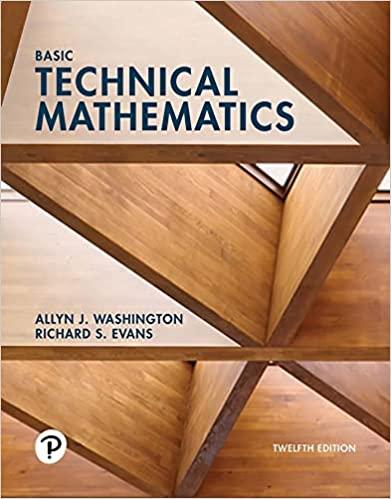Question
In this lab, you will be using a force table to combine several different force vectors. The table will allow us to vary the directions
In this lab, you will be using a force table to combine several different force vectors. The table will allow us to vary the directions and magnitudes of up to four different forces so that we can determine what is required for a group of vectors to add to zero.
PROCEDURES: Answer all of the questions on this handout.
PART 1: Determining a vector from its components In your Vector Lab Container, you will find four pulleys, four 50-gram mass hangers, a metal ring with four strings attached, and a metal pin. Attach a pulley to the force table at the 0.0o mark. Attach the other three at 90.0o, 180.0o, and 270.0o. Put the metal pin in the hole in the center of the force table. Put the metal ring over the central pin (or remove the pin and put it through the ring if necessary) and hang the strings over the pulleys.
Attach a mass hanger to each string. They should all hang freely with the ring in equilibrium at the center of the table. We will say that the forces are in equilibrium whenever the pin can be easily centered on the pin. Remove the pin and push the ring to one side. You will notice that the ring moves back near the center hole. It may not center itself exactly, but if you can place the ring directly over the hole without moving off, we will assume that the forces are in equilibrium. Put 150g on each pulley at 0.0o and 180.0o, and 200g on each pulley at 90.0o and 270.0o. (Remember to include the 50-gram mass hanger as part of the 150g and 200g masses!)
The ring should still be in equilibrium at the center of the table. You now have four forces acting in different directions, +x, +y, –x, and –y, yet they all cancel each other out. It should be fairly obvious why. The forces at 0.0o and 180.0o (F1 and F3, respectively) cancel each other because they are equal and pulling in opposite directions, and the forces at 90.0o and 270.0o (F2 and F4, respectively) cancel each other for the same reason.
To determine the magnitude of the forces, we need to determine the weight of the masses. Using the relationship that Weight = W = Mg = Mass x (acceleration due to Gravity), For the 150g = 0.150kg mass the weight is W = (0.150kg) (9.80m/s2) = 1.47N.
Question 2 (5 points) Listen: What are the magnitudes of the forces F2 and F4?
Step by Step Solution
3.54 Rating (161 Votes )
There are 3 Steps involved in it
Step: 1
The magnitudes of the forces F2 and F4 can be found using th...
Get Instant Access to Expert-Tailored Solutions
See step-by-step solutions with expert insights and AI powered tools for academic success
Step: 2

Step: 3

Ace Your Homework with AI
Get the answers you need in no time with our AI-driven, step-by-step assistance
Get Started


